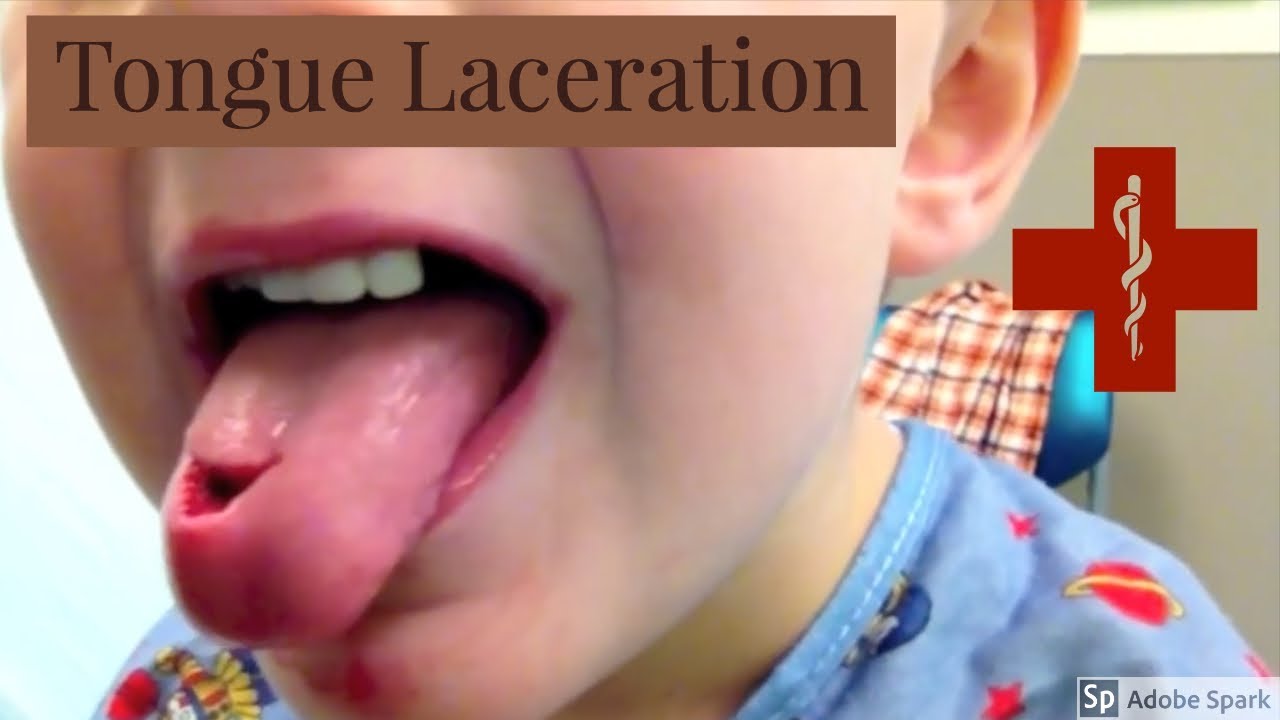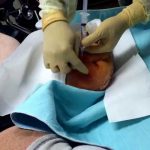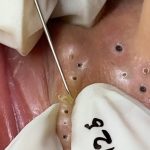Deep Tongue Laceration – fix it or not?
Please scroll down to watch the video.👇👇
A deep tongue laceration can be a serious injury and deciding whether to repair it (sutures/stitches) or let it heal on its own depends on several key factors. Here’s a detailed guide:
🧐 When to Repair a Tongue Laceration
Repair (stitches) is usually recommended if:
-
Laceration is deeper than 2 cm
-
Edges are gaping and not approximating naturally
-
Muscle is exposed or the wound involves muscle layers
-
Profuse bleeding that doesn’t stop with pressure
-
Interferes with speech or eating
-
Laceration crosses the midline or is on the lateral border
-
Involves a bifid (split) tongue tip in children or adults
Example: A clean cut deeper than 2 cm on the side of the tongue from a fall or bite should likely be sutured.
🤕 When Not to Repair
May heal well without sutures if:
-
The wound is less than 1–2 cm
-
Not gaping, bleeding is minimal and stops with pressure
-
It is superficial, involving only mucosa
-
The patient can eat, talk, and swallow normally
Example: A shallow bite mark with no gaping edges will usually heal naturally in 5–7 days.
✂️ How It’s Fixed (If Repair Is Needed)
-
Local or general anesthesia (especially in children)
-
Irrigation with saline to remove debris and reduce infection
-
Absorbable sutures (e.g., Vicryl) are used so stitches don’t need to be removed
-
Careful placement to re-approximate muscle and mucosa
-
Antibiotics are rarely needed unless the wound is contaminated
🧼 Aftercare
-
Rinse mouth with saline or chlorhexidine after meals
-
Soft diet for 2–5 days
-
Avoid hot, spicy, acidic foods
-
Monitor for signs of infection: swelling, pus, fever, foul odor
⛑️ When to Seek Medical Attention
-
Persistent bleeding after 15–20 minutes of pressure
-
Signs of infection or worsening swelling
-
Difficulty breathing, swallowing, or talking
-
Child or elderly patient with a large wound
📚 References
-
American Academy of Pediatrics – Oral Lacerations in Children
-
Emergency Medicine Clinics of North America, Oral Injuries
Managing a deep tongue laceration requires careful assessment to determine whether surgical repair is necessary. The decision hinges on factors such as the wound’s size, depth, location, bleeding, and functional impact.
🩺 When to Repair a Tongue Laceration
Surgical intervention is typically recommended under the following conditions:
-
Length and Depth: Lacerations exceeding 2 cm in length or those that penetrate deeply into the muscular layer.
-
Gapping at Rest: Wounds that remain open when the tongue is at rest, indicating poor natural approximation.
-
Location: Injuries involving the lateral borders or tip of the tongue, areas crucial for articulation and taste.
-
Through-and-Through Lacerations: Wounds that traverse the tongue entirely, creating a passage from one side to the other.
-
Uncontrolled Bleeding: Persistent hemorrhage that does not respond to direct pressure.
-
Functional Impairment: Lacerations causing difficulties in speech, swallowing, or breathing.
-
Partial Amputation: Cases where a portion of the tongue is nearly severed.
🛠️ Repair Technique
When repair is indicated, the following steps are undertaken:
-
Anesthesia: Local anesthesia is administered, often via an inferior alveolar or lingual nerve block. In children or uncooperative patients, general anesthesia may be necessary.
-
Wound Preparation: The laceration is thoroughly irrigated with saline to remove debris and reduce infection risk. Hemostasis is achieved before suturing.
-
Suturing: Absorbable sutures (e.g., Vicryl or chromic gut) are used to approximate the wound edges. For deep lacerations, a layered closure technique is employed to align muscular and mucosal layers properly.
-
Postoperative Care: Patients are advised on oral hygiene, including rinsing with saline solutions, and dietary modifications to facilitate healing.
🤕 When Not to Repair
Conservative management is often appropriate for:
-
Small Lacerations: Wounds less than 2 cm in length that are superficial and not gaping.
-
Well-Approximated Edges: Lacerations where the wound edges naturally align without tension.
-
Minimal Bleeding: Injuries where bleeding is easily controlled with direct pressure.
-
No Functional Impairment: Cases without interference in speech, swallowing, or breathing.
The tongue’s rich vascular supply promotes rapid healing, and many minor lacerations resolve without intervention.
📊 Evidence-Based Insights
A study published in the Swiss Medical Weekly found that most pediatric tongue lacerations healed well without suturing. The research indicated no significant difference in cosmetic or functional outcomes between sutured and non-sutured wounds, although sutured cases had a higher incidence of complications such as infection.
🧼 Aftercare Recommendations
Regardless of the treatment approach, proper aftercare is essential:
-
-
Diet: Consume soft, non-irritating foods to avoid disrupting the healing tissue.
-
Pain Management: Over-the-counter analgesics can alleviate discomfort.
-
Monitoring: Watch for signs of infection, such as increased pain, swelling, or discharge, and seek medical attention if they occur.
-


